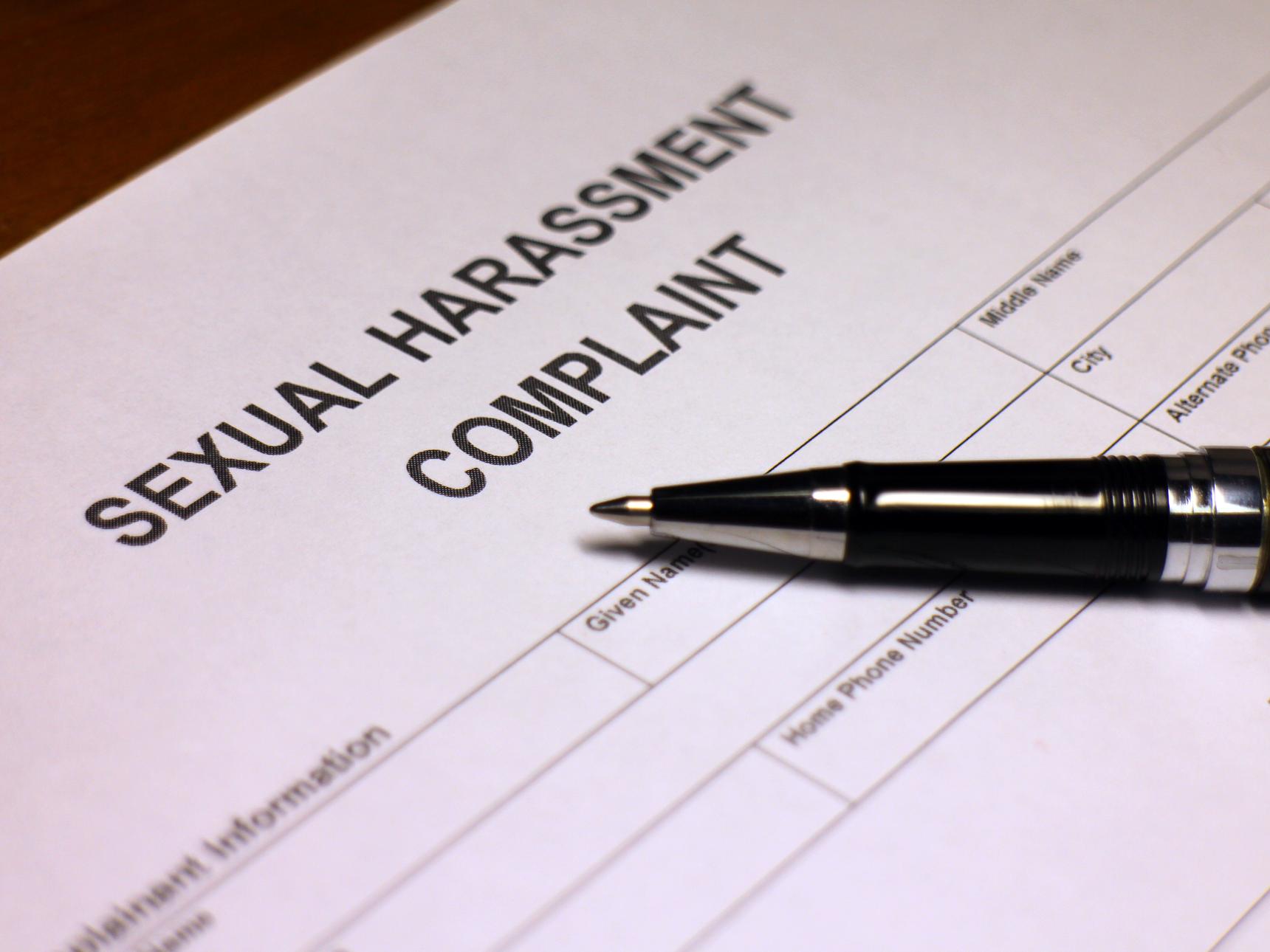
Brian Sims
Editor

Brian Sims
Editor
THE WORKER Protection (Amendment of Equality Act 2010) Act 2023 came into force on 26 October, in turn placing a legal duty on organisations to take ‘reasonable steps’ towards preventing sexual harassment in the workplace. Jason Towse focuses on rethinking how workplace security can become more proactive in the prevention of harassment and the creation of safer environments in which employees can thrive.

According to the Government Equalities Office, over four-fifths (ie 84%) of women and almost two-thirds (60%) of men have experienced some form of sexual harassment in their lifetime. With those alarming statistics in mind, the Worker Protection Act 2023 marks a critical turning point in addressing this clearly widespread, but somewhat underreported issue.
By shifting the onus towards employers to prevent harassment in the workplace and away from the members of staff to report it, the Government is legislating the responsibility placed upon organisations to protect their colleagues from harm, develop an environment in which employees they feel safe and ensure that colleagues know full support is available if and when they require it.
Alarmingly, Mitie’s recent survey of over 100 security decision-makers found that only 10% of them believe their organisation will be impacted by the Worker Protection Act, while almost half (47%, in fact) don’t harbour a clear understanding of the legislation itself.
For their part, security leaders should be supporting Human Resources teams in preparing to address the new legislation, protect their own workforce and also support customers in creating workplaces that not only comply with the Worker Protection Act 2023, but also foster a culture of safety and support.
Empowering colleagues to act
It was surprising to note that Mitie’s recent research, conducted for the Security Radar Report, found that, while half of those security decision-makers interviewed are investing in security systems, only 33% of them are investing in security staff training and development to help protect their colleagues. Less than one third (27%) are investing in training and development for non-security colleagues.
The first step towards prevention is really understanding and identifying the scale of the issue and where the risk areas are. From security colleagues on the ground through to the wider workforce, everyone should be empowered to know how to identify and report physical and sexual harassment.
Training resources and regular communication are both useful tools to make sure that colleagues understand workplace policies on harassment, know the signs to look for and also what to do if they witness or experience harassment at work. Security officers – who, of course, have a direct responsibility to protect – can also be equipped with first response training for harassment.
This also goes hand-in-hand with making sure that there are visible and accessible reporting procedures in place. That means providing anonymous digital reporting tools that afford colleagues greater confidence to speak up, while also ensuring that they can do so from anywhere and at any time.
Protecting the front line
A key consideration is that guidance produced by the Equality and Human Rights Commission outlines that the protection of workers should extend to the protection of colleagues against physical and sexual assault from third parties including customers, contractors, suppliers and, critically, the public.
With the majority of the security industry’s workforce operational on the front line and in a range of locations from empty warehouses through to busy retail outlets, this issue is a significant consideration for the security sector.
A survey carried out by FFA Security in May of this year found that almost three-quarters (70%) of respondents from the security industry said they had experienced sexual harassment, rising to a shocking 99% among female respondents.
My own career began with a spell as a security officer on the ground and far too often I heard from my peers and our front line colleagues about instances of the harassment they’ve faced from members of the public. Absolutely no-one should have to fear for their safety while at work, but especially so those who are working so diligently to keep others safe.
One solution – or ‘reasonable measure’ – that employers in the security industry can take to help protect colleagues is equipping them with personal safety devices. These are compact, handheld devices that send an individual’s exact GPS to a monitoring team, either when a button is pressed or as the device senses extreme movement. The monitoring team can then undertake a real-time risk assessment, listening-in to assess the level of threat, speaking to the colleague directly through the device if it’s safe to do so and then calling the Emergency Services if necessary.
Innovative technology
Security teams also have an opportunity to work with Human Resources teams to support organisations as they rethink their workplace security strategies and protocols in order to ensure that they consider in thorough detail the prevention of physical and sexual harassment.
For example, this might involve identifying isolated spaces and ensuring that there’s sufficient surveillance to cover these spaces. Indeed, with innovative technology developing at speed, trials of Artificial Intelligence-based surveillance that can detect violent or threatening behaviours or movements are already underway.
Remaining at the forefront of these technologies will mean that we can continue to support the prevention of harassment in our customers’ workplaces.
Ultimately, the Worker Protection Act serves as a ‘Call to Action’ for us all in terms of rethinking how workplace security can become more proactive in the prevention of harassment and create safer environments. It’s in such environments that our people can perform to their maximum capabilities.
By making the necessary investments in both people and technology, the security sector can drive this important change and, importantly, ensure that individuals are always protected from harm in the places where they work.
Jason Towse is Managing Director of Business Services at Mitie (www.mitie.com)
650 Pavilion Drive
Northampton Business Park
Northampton
NN4 7SL
UNITED KINGDOM
07469 030740